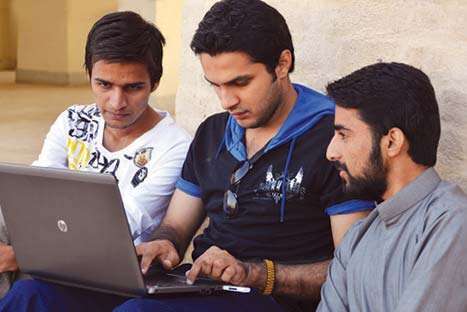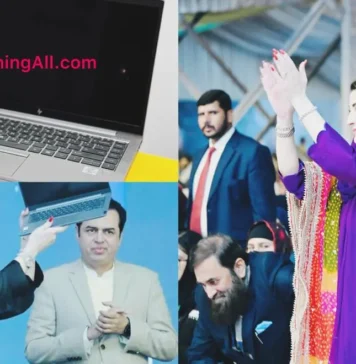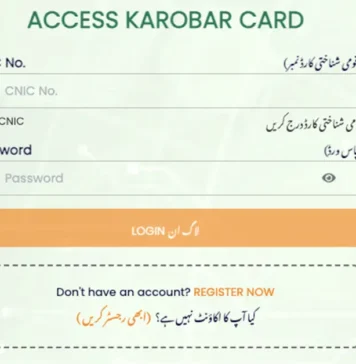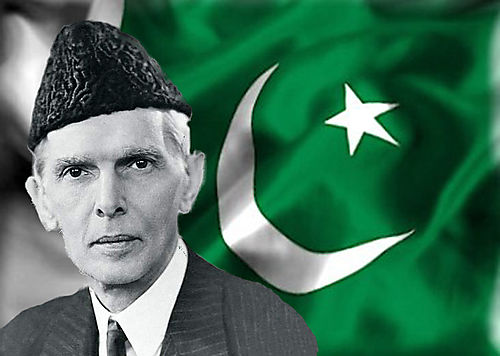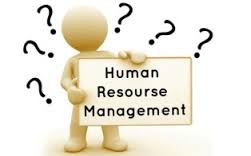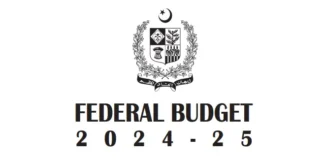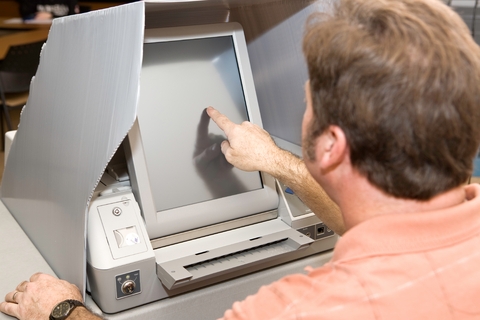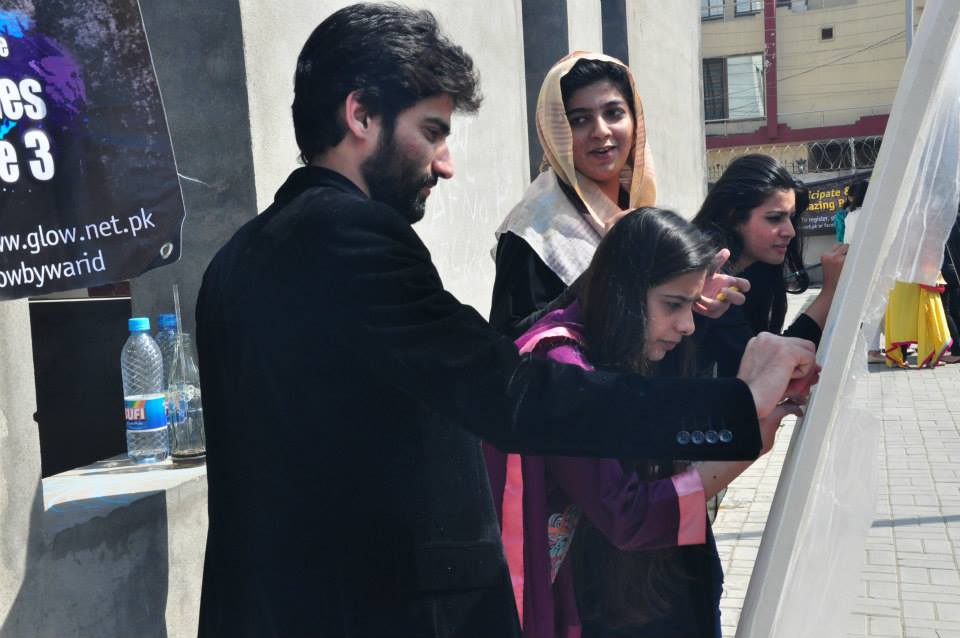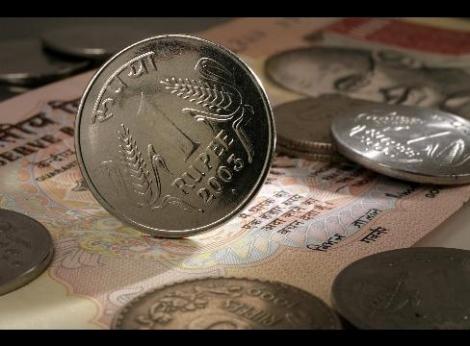Home News
News
- Accounts
- admissions
- All Past Papers
- Assignments
- Bank
- Business Letter
- Date Sheets
- Directory
- Economics
- Entry Test
- Essays
- Exams
- guess papers
- Health
- Images
- Internship Program
- Jobs
- Merit Lists
- Model Papers
- News
- NTS
- Others
- Paper
- Paper Pattern
- Position Holders
- Programs
- Results
- Scholarships
- Sports
- Study Abroad
- Study Notes
- Syllabus
- Telecom
- ZipBox
Latest Education News in Pakistan 2025. We cover educational news including board results, date sheets, roll no slips, past papers, sample papers, model papers, admissions merit lists scholarships.


